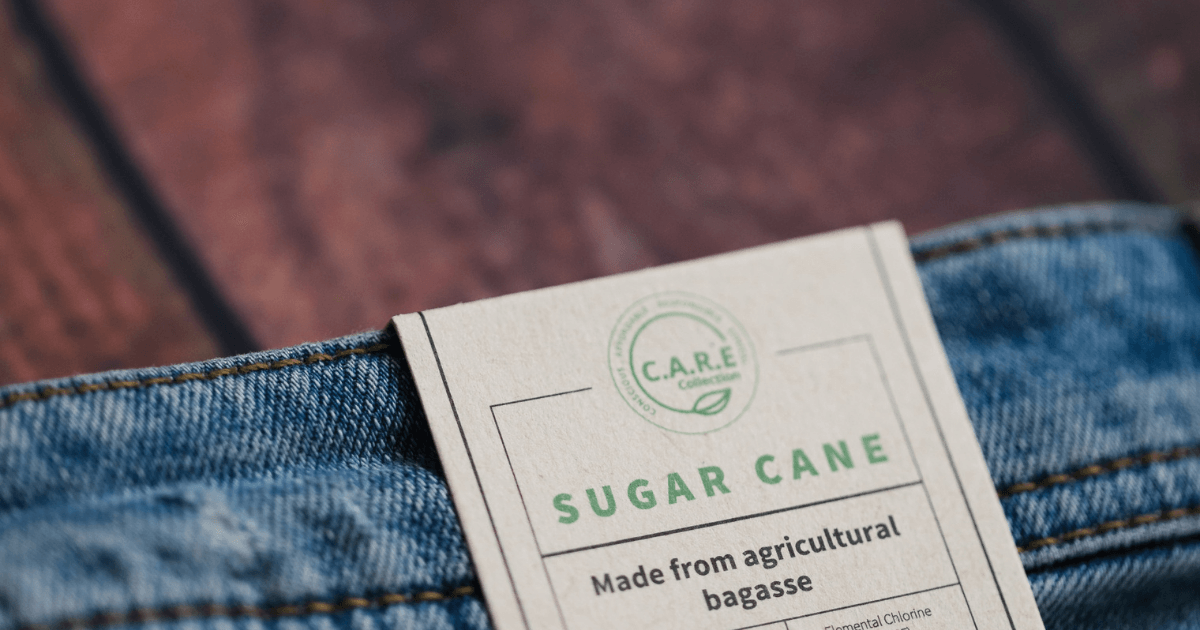NRF Big Show Day 2: Consumers Buying Sustainability; Manufacturing, Pricing Issues Remain

While sustainability from the factory floor to retail store is increasingly a part of consumer buying, the large-scale manufacturing and lower pricing frequently needed to close the sale are not, retail industry executives said at the National Retail Federation’s Big Show 2022.
To be sure, advancements in sustainability from technology to finished products have been made. For example, software developer Eon has released a mobile app with its CircularID protocol that connects via a QR code woven into the label of Hungary-based Nanushka’s apparel to provide a global identification system for tracing how products are designed, manufactured and distributed. And Eon also has the backing of re-commerce sites such as The Renewal Workshop, Trove and Reflaunt along with textile manufacturers like Lenzing and Evrnu and reseller Salvation Army Trading Co.
Yet in categories outside fashion and apparel, further inroads are needed especially in manufacturing. While Grove Collaborative has chainwide distribution through Target for its plant-based household cleaners and personal care products and also sells them through its website, “flexibility” is needed in manufacturing to broaden distribution and lower prices, Luana Bumachar, VP of owned brands and innovations at Grove Collaborative, said. Sustainable personal care products require more expensive materials, Bumachar said.
“For smaller [household products] collaborations like ours, the supply chain is one of the biggest obstacles for us to change and we need flexibility” to produce multiple products in smaller volumes, Bumachar said. “The supply chain is not ready for that [flexibility] yet because that means lower volumes, but more products. One of the biggest challenges is it is hard to change something in a factory if the scale is not there yet because the upfront cost is massive. It is a need for scale and more availability of sustainable products, ingredients and materials that has to happen.”
Yet consumers are increasingly weighing a brand’s transparency in the supply chain, treatment of workers and materials used to make products in their buying decisions, Elyse Tosi, senior director of accounts and client success at Eon, said.
“In the past couple years you have seen consumers increasingly think about the brands they are buying and they are willing to use the dollar to show that,” Tosi said. “Before brands were expected to show they had a supply chain, but now consumers are demanding to know where their product was made, with which materials and that the chain has fair and safe practices.”
That demand is coming especially from Gen Z shoppers, who are requiring full disclose of brands’ sustainability strategy, said Meagan Loyst, an associate at the investment firm Lerer Hippeau who heads their Gen Z venture capital group. Loyst has backed sustainable apparel label Parade, which produces underwear made with a Re:Play core fabric that is 85% recycled polyamide, the naturally occurring of which can be proteins such as wool and silk.
“You have to have a story to reach Gen Z and they may love the product but it is a sustainable product?” Loyst said. “Greenwashing is not going to make people excited about what you are doing. You have to be authentic to your brand to make it make sense.”




